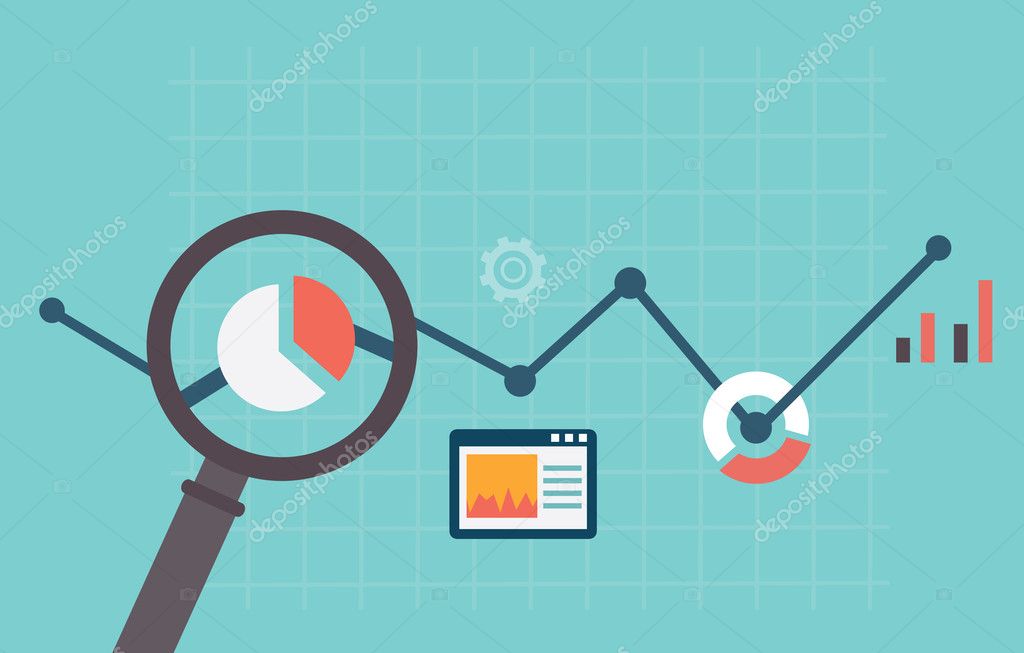From Clicks to Conversions: Understanding Your Website’s Progress
A website’s performance is more than just its aesthetic. It’s a dynamic reflection of how well your business connects with its audience. Every click, scroll, and action paints a picture of user behavior and intent. These interactions hold the key to understanding what drives visitors to engage—or leave.

Success isn’t accidental. It’s measurable. From the moment a visitor lands on your site, their journey reveals insights about your strategies, strengths, and missed opportunities. Recognizing these patterns empowers you to refine your approach, ensuring every interaction works toward achieving your goals. The answers lie in the details waiting to be uncovered.
The Importance of Website Metrics
The right metrics are crucial for website optimization. They are the foundation of understanding how your site performs and engages with visitors. These data points provide insights into user behavior, helping you determine what’s working and what needs improvement. Without tracking metrics, it’s impossible to know whether your website meets its goals or resonates with its audience.
Metrics such as bounce rate, session duration, and conversion rates highlight how users interact with your content. A high bounce rate could mean your content isn’t meeting expectations, while low session durations may indicate navigation issues or lack of engagement. These insights guide improvements that can significantly boost user experience.
Beyond user behavior, metrics also reflect the effectiveness of marketing efforts. Traffic sources show which channels bring visitors, and keyword rankings reveal your visibility in search results. By regularly monitoring these metrics, you ensure your strategies remain relevant and impactful.
Tracking website metrics turns data into a roadmap for sustainable growth.
Beyond the Numbers: Tracking SEO Performance
Clicks tell you who’s visiting, but they don’t explain what visitors are doing once they arrive. Understanding deeper metrics like scroll depth and organic rankings provides a clearer view of how users interact with your content. These insights are essential for refining your SEO strategy.
Tools that measure beyond surface-level metrics can uncover trends that traditional analytics might miss. For example, tracking how far users scroll can reveal whether your content engages them or if adjustments are needed to hold their attention.
A reliable resource like Umbrellum’s comprehensive tool gives a more realistic view of your website’s performance. By analyzing metrics such as scroll depth alongside organic rankings, it highlights what’s working and where you can improve. This makes it easier to identify the strategies that drive meaningful results.
Conversion Rates: The True Measure of Success
Clicks and traffic are important, but conversion rates define success. A conversion happens when a visitor takes a desired action, such as making a purchase, signing up for a newsletter, or filling out a contact form. These actions show that your website isn’t just attracting visitors—it’s delivering value.
Low conversion rates often signal obstacles in the user journey. Visitors may face unclear calls to action, confusing navigation, or a lack of trust signals. Identifying and addressing these issues can significantly improve how many visitors convert into customers.
Improving conversions requires a focused strategy. A/B testing can reveal what resonates with your audience, while simplifying forms or making CTAs more visible often leads to better results. User behavior data, like where visitors drop off, provides actionable insights for optimization.
Ultimately, conversion rates go beyond numbers—they represent how effectively your website meets the needs of your audience and drives business goals.
Traffic Sources: Where Your Audience Comes From
Understanding where your visitors originate is essential for refining your marketing strategies. Traffic sources—such as organic, direct, referral, and paid—offer insights into how users find your website. Organic traffic reflects the strength of your SEO efforts, while direct traffic indicates brand recognition or offline promotions driving users directly to your site. Referral traffic reveals the impact of backlinks and external partnerships, and paid traffic highlights the success of advertising campaigns.
Analyzing these sources helps you identify which channels perform best. For instance, a high volume of referral traffic may signal strong collaborations, while underperforming paid campaigns may need adjustment. By focusing on these metrics, you can optimize resources and double down on the strategies that bring in quality visitors.
Interpreting Metrics to Drive Action
Metrics alone don’t create results—it’s how you interpret and act on them that drives success. Data provides a roadmap, showing where your website thrives and where it falls short. By analyzing these insights, you can turn numbers into actionable strategies.
For instance, if high traffic correlates with low engagement, it’s a signal to revisit your content or design. Aligning your site’s structure with user expectations can improve navigation and keep visitors exploring. Similarly, identifying pages with high drop-off rates can guide you to tweak layouts, improve CTAs, or refine messaging.
Metrics also help you prioritize. Focus on the data points that matter most for your goals. If conversions are a priority, invest in optimizing forms, streamlining the checkout process, or creating clearer value propositions.
Actionable insights transform your website from a static platform to a dynamic tool for growth. With a metrics-driven approach, every adjustment becomes a step toward achieving measurable success.
Wrapping Up
Your website has the potential to be more than a digital presence—it can be a powerful driver of results. Focus on the metrics that align with your goals, use tools to track progress effectively, and stay committed to adapting based on what the data reveals.
When metrics guide your decisions, your website becomes a tool for delivering real value to your audience while achieving your business objectives. Success is always in the details.




